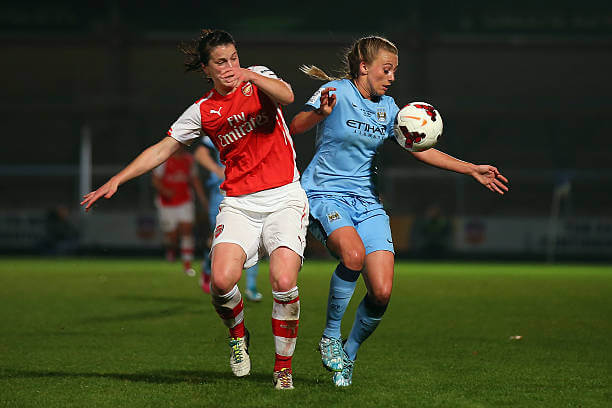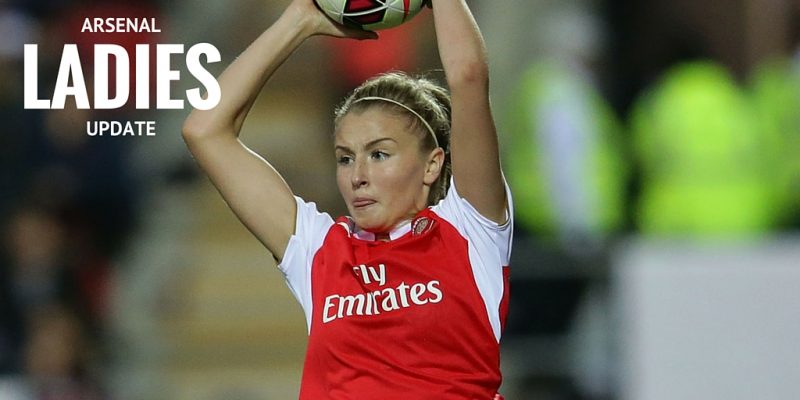The FA’s decision to restructure the elite level of women’s football, allowing only full-time professional football, is going to have a knock-on effect on the transfer window.
Just a simple calculation shows there will be many players movements next summer.
There are 10 teams in the WSL 1, Yeovil and Sunderland are not full-time, and every other team has 20 professional contracts – meaning 160 professional players approximately in the top flight.
For 2018/19, the FA is aiming at 14 full-time teams in the WSL 1, meaning 280 professional players. Who will make the shortfall of up to 120 players needed? There are talented players in the WSL 2 and FA WPL (Tier 3 and 4).

In term of quantity, the 120 could all be homegrown and therefore help with one of the FA’s objective: to help the England team by having a bigger pool of professional players.
The central contracts seem to more or less guarantee a call-up regardless of form, but that’s another problem for another day. If finding enough players is not an issue, finding enough quality players to compete in the WSL 1 is.
Let’s say a current WSL 2 team gets a top-tier license. They could carry over their current squad, add five players and could be fine. Or they might need a radical overall and change half of their squad or more to be competitive.
If we talk about Tier 3 and 4 teams getting a Tier 1 place for 2018/19, I saw one team who will apply for the Tier 1 license, and in all honesty they had a maximum of four players capable of competing at the level.

So for those teams, we might be talking of signing 15 players at least to be up to the standard. Obviously, they could carry their current squad and add a couple of players in key positions and hope for a mid-table finish. It’s a risk, however.
If there are teams that only have either a Regional Talent Club and u20 side or simply a RTC side (u9s-u16s), they will have to build up a team from scratch.
The Tier 1 quality players are a finite number. Even if you add all the players with potential and the rough diamonds, there is no way all the current non-WSL 1 clubs will find enough quality to satisfy everyone.
What is likely to happen next ?
A bidding war for those quality homegrown players, especially those signed with teams who lost their WSL 1 license, could now become a reality. Those players are likely to want to maintain their professional status.
Secondly, teams will go abroad to find the quality they could not get on the home market. Next summer, you would expect a lot of teams to pick up international players as top quality English options will be scarce.

Obviously, all the EU/EEA players will be free to come that summer due to freedom of circulation and working in the EU. But Brexit will change all that and will force the FA into acting.
Will they keep the current limit of two foreign players per team? ‘Foreign’ players are currently non EU/EEA nationality players. By 2019, ‘foreigners’ will be all the non-UK players. If the FA wants to protect the England team, they will need to seriously limit the number of signings made from overseas.
It will be interesting to see if the Scottish, Welsh and Northern Irish are classified as locals and not restricted, or as foreigners. After all, they are not playing for England but one of their competitors, so restricting their number would force teams to sign more English players.
With all those factors taken into account, you would certainly expect a very busy summer transfer window with around 200 players moving in and out in Tier 1, I believe.
